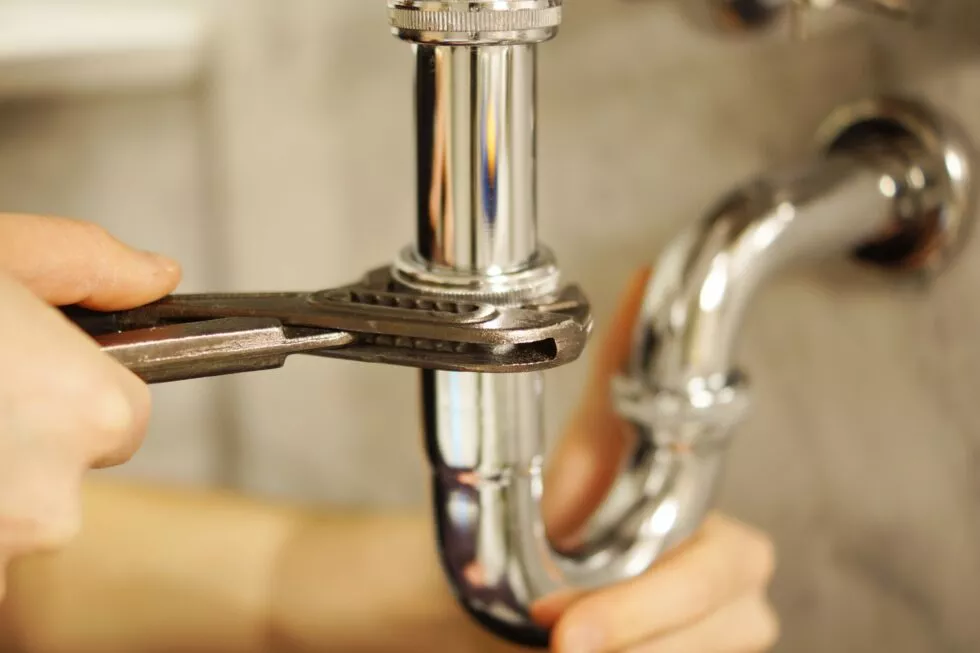The best ways to maintain the pipes in your house

Pipes are an integral part of our home, ensuring the removal of wastewater and the supply of drinking water. However, they are often neglected until a problem arises. Regular maintenance of pipes can prevent blockages and leaks, and extend their lifespan. In this article, we present the best practices for effectively maintaining your pipes and avoiding inconvenience.
Understanding how pipes work
Before getting to the heart of the matter, it is important to understand how the pipes in your home work. The system is generally divided into three main parts: the water supply pipes, the internal drainage systems and the wastewater drainage network. Each part requires a specific maintenance approach to ensure optimal operation.
The warning signs of a problem
Knowing how to identify the signs that indicate an emerging problem can save you a lot of hassle. Common symptoms include
- Slow-moving water: often signals an accumulation of debris.
- Bad odours: indicate an obstruction or bacterial growth.
- Unusual noises: gurgling noises can signal a partial obstruction.
- Increased water consumption: may be due to hidden leaks.
Best practices for pipe maintenance
Regular cleaning
Regular cleaning is the first step in keeping pipes in good condition. Here are some effective methods:
- Use of hot water: pour hot water into sinks and showers once a week to dissolve accumulated grease.
- Baking soda and vinegar: a natural and effective mixture. Pour half a cup of baking soda followed by half a cup of vinegar into the pipe, then rinse with hot water after 15 minutes.
- Enzyme products: use natural enzyme cleaners to break down organic matter without damaging the pipes.
Preventing blockages
Prevention is often easier than repair. Here are a few tips for avoiding blockages:
- Drain stoppers: install stoppers in sinks and showers to trap hair and debris.
- Don’t throw away grease: avoid pouring oils and grease down the sink. Let them cool and throw them away in the bin.
- Avoid non-degradable products: do not throw wipes, sanitary towels or other similar objects in the toilet.
Checks and professional maintenance
Even with regular maintenance, it is advisable to have your pipes checked by a professional:
- Camera inspection: allows hidden obstructions and potential leaks to be detected.
- High-pressure cleaning: a professional can use a high-pressure water jet for a thorough clean.
- Watertight test: make sure that the joints and connections are watertight and leak-free.
Careful use of chemicals
It may be tempting to use strong chemicals to quickly unblock a pipe, but this practice is often more harmful than beneficial.
- Aggressive chemicals: they can damage pipes, especially if used frequently. They can also be harmful to the environment.
- Natural alternatives: choose the natural or enzymatic solutions that we mentioned previously.
Improving daily habits
Improving your daily habits can greatly contribute to maintaining the health of your pipes.
- Avoid throwing away food waste: use a bin to prevent food scraps from accumulating in sinks.
- Use of a water softener: if your region has hard water, consider installing a softener to reduce the build-up of limescale in your pipes.
Monitoring for signs of problems
Stay alert and responsive to the first signs of problems. Acting quickly can often prevent a minor issue from turning into a costly repair.
For example, if a sink is draining slowly or a strange odour persists, do not delay taking action.
Invest in long-term solutions
Sometimes, investing in sustainable solutions in the short term can prevent higher costs in the long term.
- Proactive repair: replace ageing or damaged pipes before they cause major problems.
- Upgrading installations: new technologies offer more efficient systems that can reduce the risk of blockages and leaks.
Why is regular maintenance crucial?
Keeping your pipes in good condition is not just about avoiding inconvenience; it is also about protecting your home, your health and the environment. A healthy plumbing system helps to:
- Preserve water quality: prevents cross-contamination between drinking water and wastewater.
- Reduce expenses: avoids costly repairs and material damage.
- Protect the environment: reduces the risk of pollutants spilling into surrounding ecosystems.
By following these maintenance practices, you can extend the lifespan of your plumbing system, prevent problems and improve the quality of the water in your home. Well-maintained pipes not only ensure everyday comfort, but are also a key component of a healthy and sustainable home.

